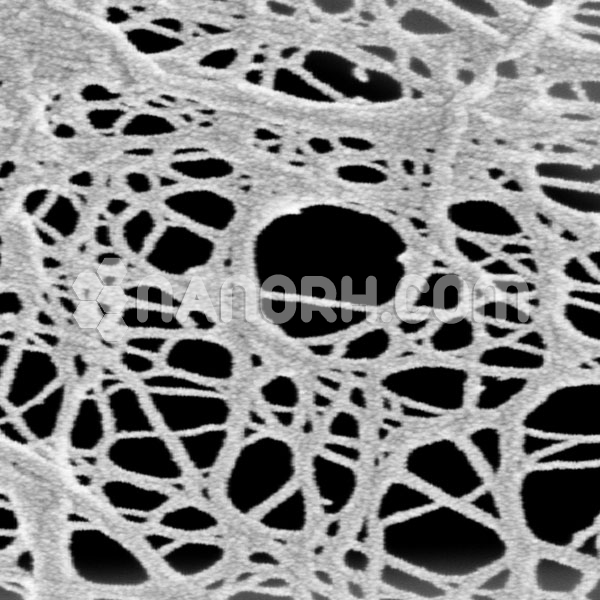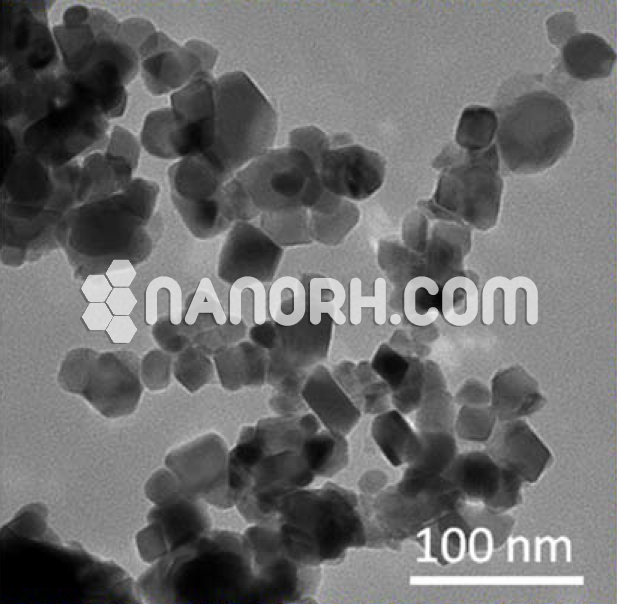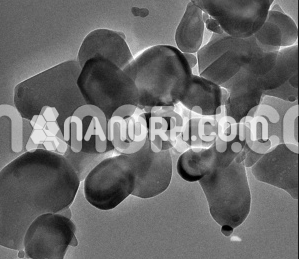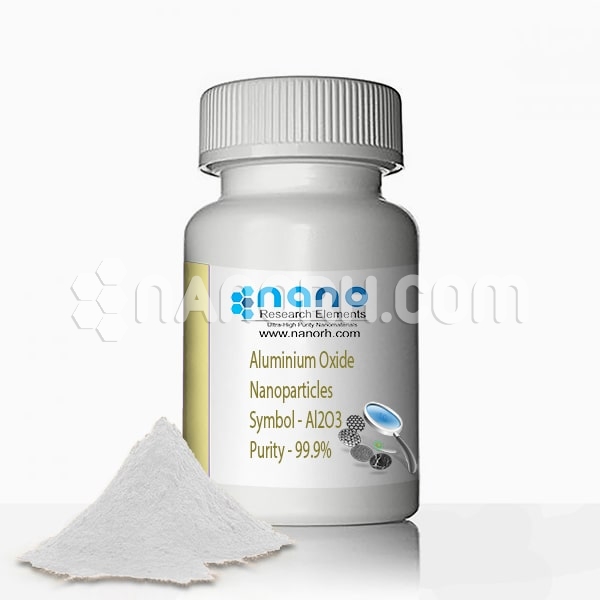| Cellulose Nanofiber | |
| Product No | NRE-60051 |
| CAS No. | 9004-34-6 |
| Formula | (C6H10O5)n |
| Dia | 10-20 nm, |
| Length | 2-3 μm, |
| Color | White |
| Molecular Weight | 162.14 g/mol |
| Density | 1.5 g/cm3 |
| Loss on drying | 10% Max |
| pH | 5.5 – 7.5 |
Cellulose Nanofiber
applications in such domains as pharmacology and medicine, tissue engineering, biosensors, microfluidics elements, materials for microencapsulation and drug delivery, as permoselective membranes, and as a barrier to protect mucosal tissues. The nanoscale cellulose possesses a whole complex of unique properties typical for nanomaterials in general, such as high specific surface area, enhanced chemical reactivity, high mechanical durability, together with biocompatibility, biodegradability, and non-toxicity, which make it an excellent candidate for drug release applications. Due to these specific properties, bandage materials, transdermal patches, tablet binder, disintegrated vehicle for peptide and gene delivery can be obtained based on nanoscale cellulose, and raw materials for their production are almost unlimited. In particular, nanocrystalline cellulose has been used as a matrix-former material for long-lasting sustained drug delivery and for food packing materials. In recent years, the application of inorganic materials for bioencapsulation and controlled drug release has attracted considerable attention. Particularly, nanosized titania, due to its unique photophysical and chemical properties, nontoxicity, and high biocompatibility, is a promising material and has great prospects for practical application in these fields. Generally, nanoporous titania is used as drug nanocarriers. In a recent study, Li et al. reported a novel drug controlled release system based on hybrid phosphonate–TiO2 mesoporous nanoparticles as a scaffold, which was loaded with suitable drug molecules.




